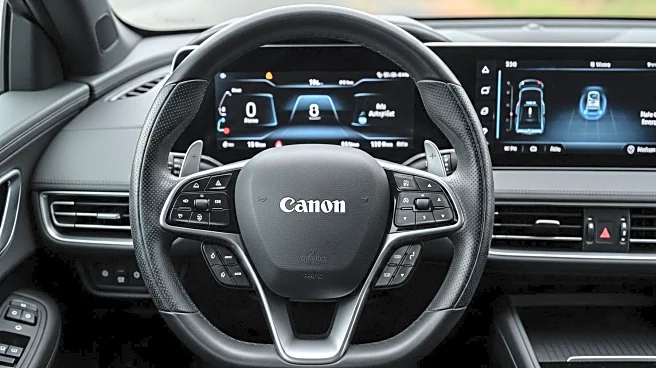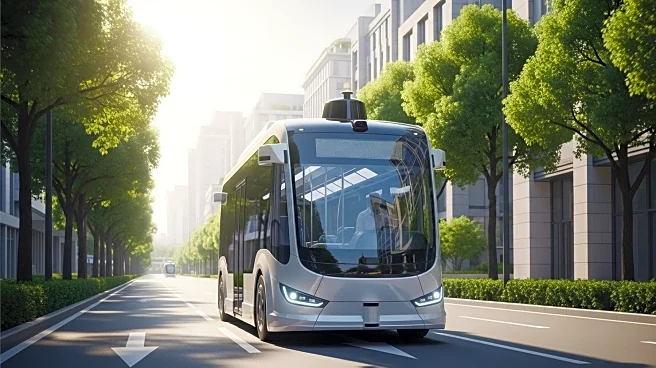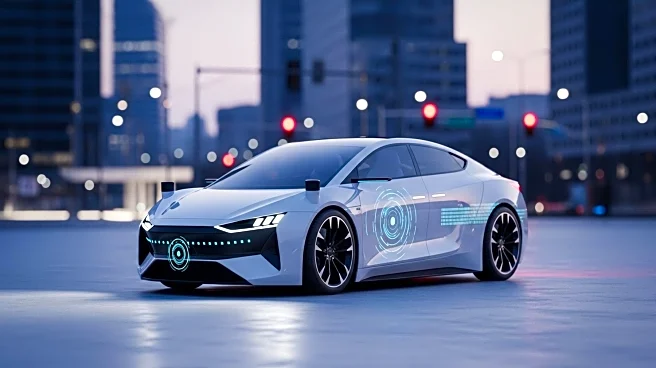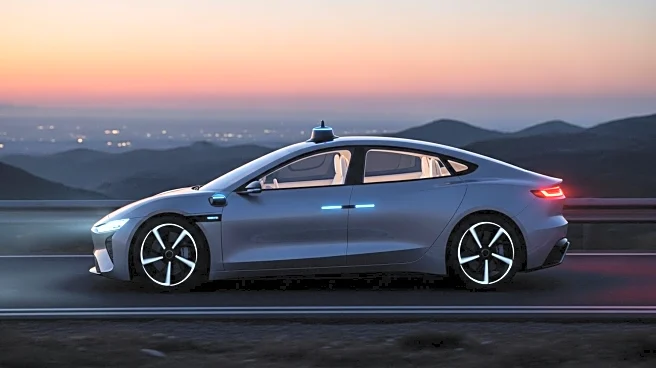What's Happening?
Qualcomm has unveiled its Snapdragon Ride Pilot in the BMW iX3, marking a significant milestone in its diversification into the automotive sector. This development is part of a three-year collaboration with BMW, aimed at integrating autonomous driving capabilities into the Neue Klasse family of vehicles. The Snapdragon Ride Pilot represents Qualcomm's efforts to establish itself as a comprehensive solution provider for autonomous technology, showcasing its ability to deliver integrated systems that enhance vehicle autonomy.
Why It's Important?
The introduction of Qualcomm's Snapdragon Ride Pilot in BMW vehicles signifies a major advancement in autonomous driving technology, potentially reshaping the automotive industry. This collaboration highlights the growing trend of tech companies entering the automotive space, which could lead to increased competition and innovation. For consumers, this means access to more advanced autonomous driving features, potentially improving safety and convenience. The partnership also underscores the importance of cross-industry collaborations in driving technological advancements.
What's Next?
As Qualcomm and BMW continue to develop and refine the Snapdragon Ride Pilot, further enhancements in autonomous driving technology are expected. This could lead to broader adoption of autonomous features across more vehicle models, influencing industry standards and consumer expectations. Additionally, other automotive manufacturers may seek similar partnerships with tech companies to remain competitive, potentially accelerating the pace of innovation in the sector.
Beyond the Headlines
The collaboration between Qualcomm and BMW may have broader implications for the regulatory landscape surrounding autonomous vehicles. As technology advances, there may be increased pressure on policymakers to update regulations to accommodate new capabilities and ensure safety. Furthermore, ethical considerations regarding the deployment of autonomous vehicles, such as data privacy and decision-making algorithms, could become more prominent as these technologies become more widespread.











